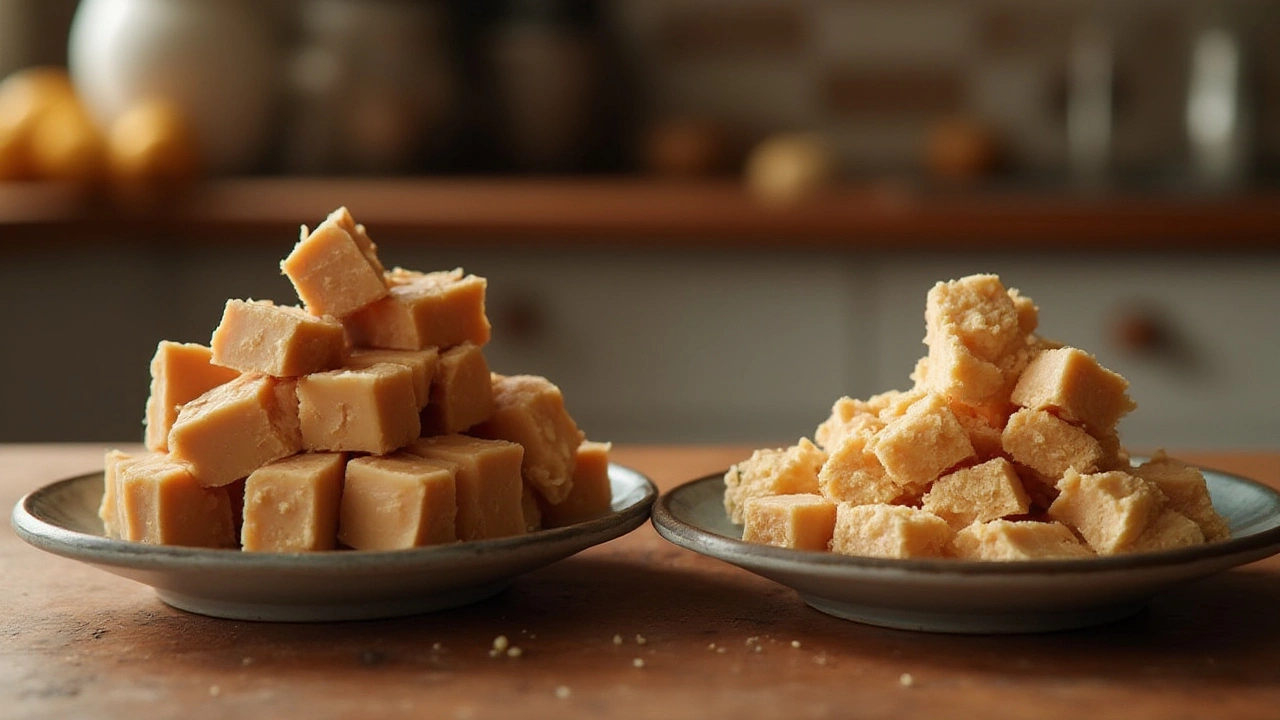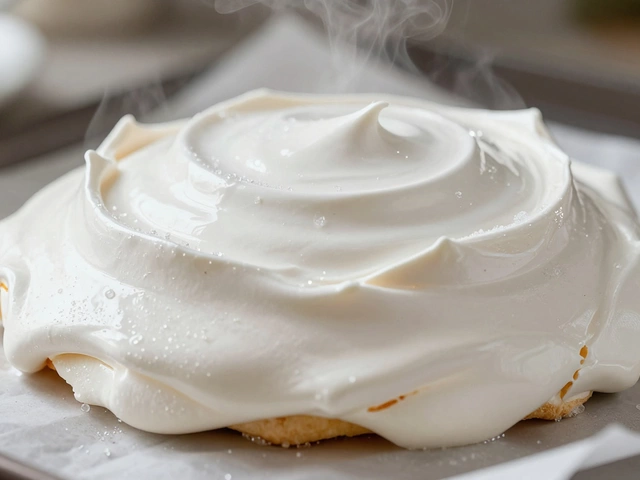Fudge Too Long? Simple Fixes for Overcooked Fudge
If your fudge ends up hard, grainy, or just not creamy, you're probably cooking it too long. It happens to anyone – a few extra minutes can turn a silky batch into a rubbery slab. The good news is you can rescue it with a few easy tricks.
Why Fudge Gets Too Long
Fudge cooks at the soft‑ball stage, which is roughly 235‑240°F (112‑115°C). Go past that range and the sugar crystals start to set too fast, making the fudge firm and dry. Common reasons for overshooting the temperature include using a low‑quality thermometer, not stirring enough, or cooking at high altitude without adjustment.
Another culprit is timing. If you leave the pot on the heat while the mixture cools, it keeps cooking from residual heat. Even after you pour it into the pan, the heat trapped at the bottom can keep the fudge firm.
Quick Fixes to Rescue Your Batch
1. Add a liquid boost. Warm a splash of milk, cream, or water (about 2‑3 tbsp) and stir it into the cooled fudge. This re‑hydrates the crystals and brings back some softness.
2. Microwave rescue. Place the hardened fudge in a microwave‑safe bowl, add a tablespoon of milk or butter, and heat for 10‑15 seconds. Stir until smooth – repeat if needed.
3. Re‑cook gently. Return the fudge to a saucepan, add a little more liquid, and heat on low while stirring constantly. Stop as soon as it looks glossy and smooth.
4. Use a candy thermometer. Make sure it’s calibrated. Aim for the exact soft‑ball range and pull the pot off the heat the moment you hit it.
5. Altitude adjustment. If you’re above 3,000 feet, reduce the target temperature by about 5°F. This helps prevent over‑cooking in thinner air.
Once you’ve rescued the texture, let the fudge cool at room temperature. Cutting it while still warm can cause it to stick and look uneven. Patience pays off – a fully set fudge should be firm enough to slice but still melt in your mouth.
Remember, the key to perfect fudge is watching the temperature, not the clock. A quick glance at your thermometer beats a guess‑work timer every time. Keep these tips handy, and you’ll never have to toss a batch again.
Got a batch that still feels too hard? Try chopping it into small pieces and melting it in a double boiler, then pour it back into the pan for a fresh start. It may take a few extra minutes, but the result is worth it – smooth, creamy fudge that’s ready for any occasion.

Boiling Fudge Too Long: What Really Happens and How to Fix It
Ever end up with crumbly, rock-hard fudge? Read to see what really happens if you boil fudge too long—and how you can salvage it or get it right every time.
View More




